Every lab needs to be equipped with essential equipment. Out of all I would say power supply is most important since it powers up the projects. Batteries, DC adapters can do fine job but as demand grows and project gets bigger a professional and adjustable power supply becomes a necessity. To cater that I have designed an adjustable 50V / 5A power supply with a variable output from 0V to 50V and adjustable current limiting from 0A to 5A. Most simple power supplies cant get the output to come down to exactly 0V or 0A. But in this circuit, the differential amplifiers have a negative power supply rail at (-3V), which can pull the output down to exactly zero.
CIRCUIT DIAGRAM OF BENCH POWER SUPPLY:
WORKING:
The power supply relies upon two differential amplifiers made out of Transistors T1 to T6. The first one being responsible for controlling the output current limiting. The second differential amplifier controls the output voltage. They both are driven by the reference voltage created by D5 and D6. The use of zener and a normal diode is to compensate for thermal drift of reference voltage generator. This is because they both have opposing thermal coefficients.
VOLTAGE CONTROL CIRCUITRY:
The voltage control circuitry is created from Transistors T4,T5 and T6. This works by measuring the differential voltage on base terminals of T4 and T5. One terminal is supplied with reference voltage, and the other terminal with some of the output voltage. The reference voltage created by diodes D5 and D6 is around 15.4V. Hence the differential amplifier must amplify the voltage difference by 3.4 times to match the 50V output. This is done by the voltage divider (R23,P3) connected to the inverting terminal of this differential amplifier, setting the gain to 3.4 times of input signal.
When tweaking the power supply, you must set potentiometer P2 to its upper most level. Then fine tune the maximum output voltage to 50V by P3. Since the current sensing resistor (R24) is in a low side configuration, the differential amplifier must correct for the voltage drop it makes when power supply is loaded. This is why the reference voltage generator is connected to the (-) terminal of the power supply and not ground terminal. By connecting the reference voltage generator in such a way, it allows it to drift up or down by the same amount of voltage the current sensing resistor creates as a voltage drop. Therefore it keeps the output steady through the load.
CURRENT LIMITING CIRCUITRY:
The current limiting circuitry is comprised of Transistors T1,T2 and T3. This works by measuring the voltage drop created by current sensing resistor and comparing it to a given reference voltage created by R11 and P1. I actually suggest replacing R11 with a 220k trimmer and fine tuning the maximum current limit to match your requirements.
As it is, the protection is set to enable at 5.3A. With an adjustable value for R11, you can set the protection at any level up to maybe 6-7A without compensating the circuit for increase in power. When the protection is ON, T3 drops the voltage at its collector, thus creating an appropriate potential difference through the diode D7. At this point it starts stealing some of the biasing voltage of T4. By dropping the base voltage of T4, output voltage drops sufficiently to keep the current through the load constant.
GERBER FILES:
A big thanks to Morne Stander for designing PCB for this circuit and sharing it with the community. You can download the Gerber files below
Hope this project will be useful to you guys 🙂 Do post your questions/ feedback in the comment box below. Happy DIY making 🙂

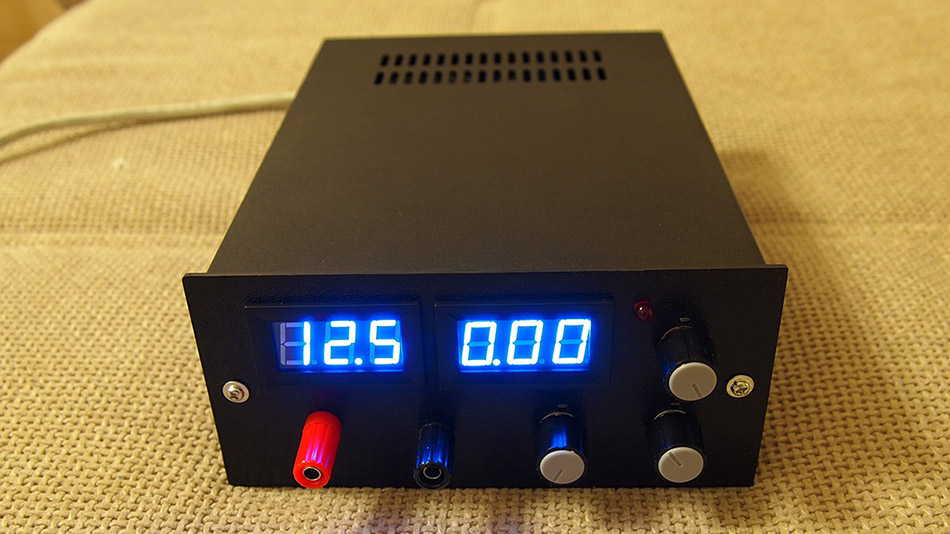
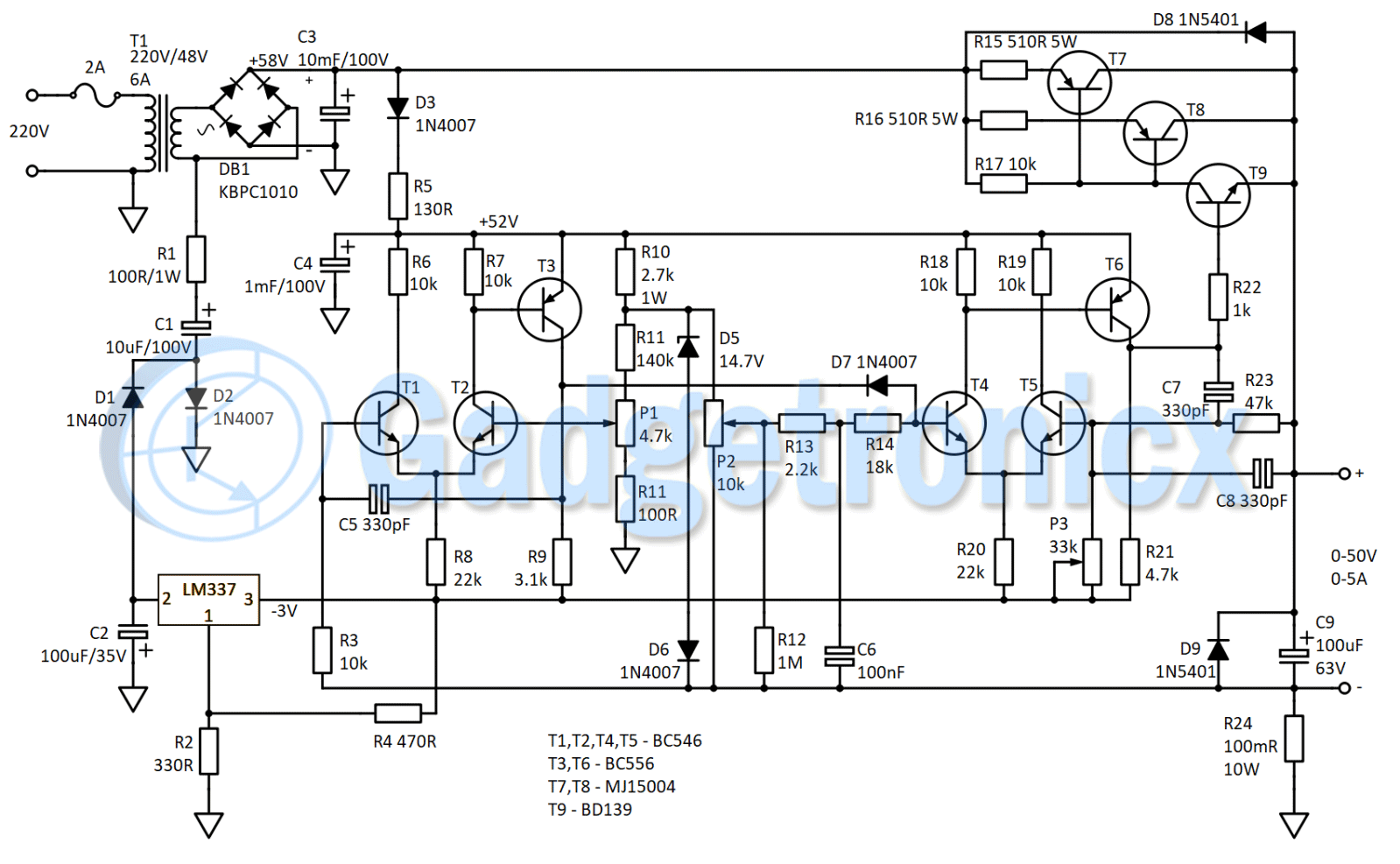
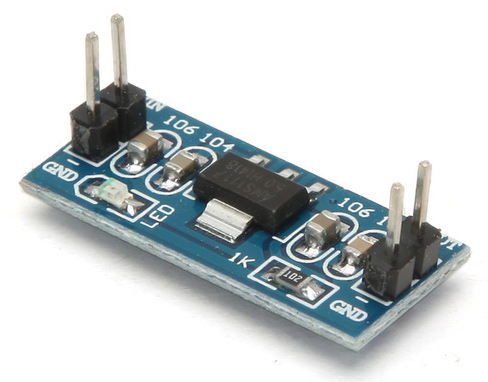
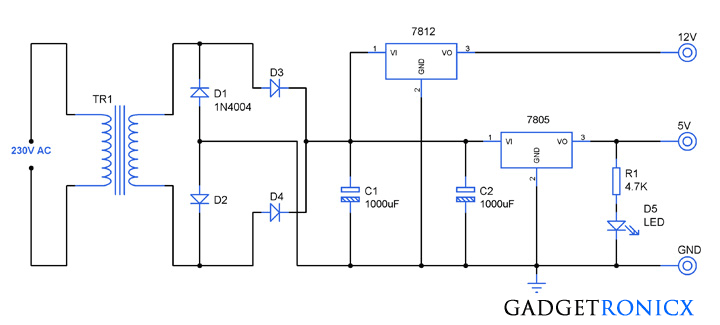
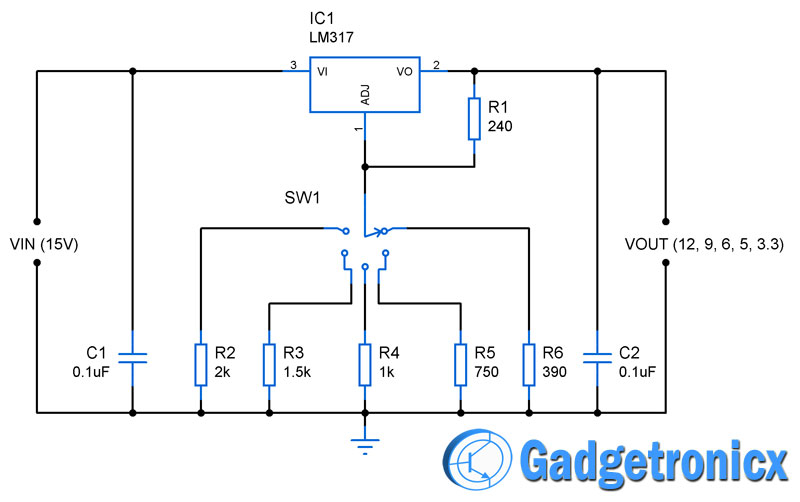
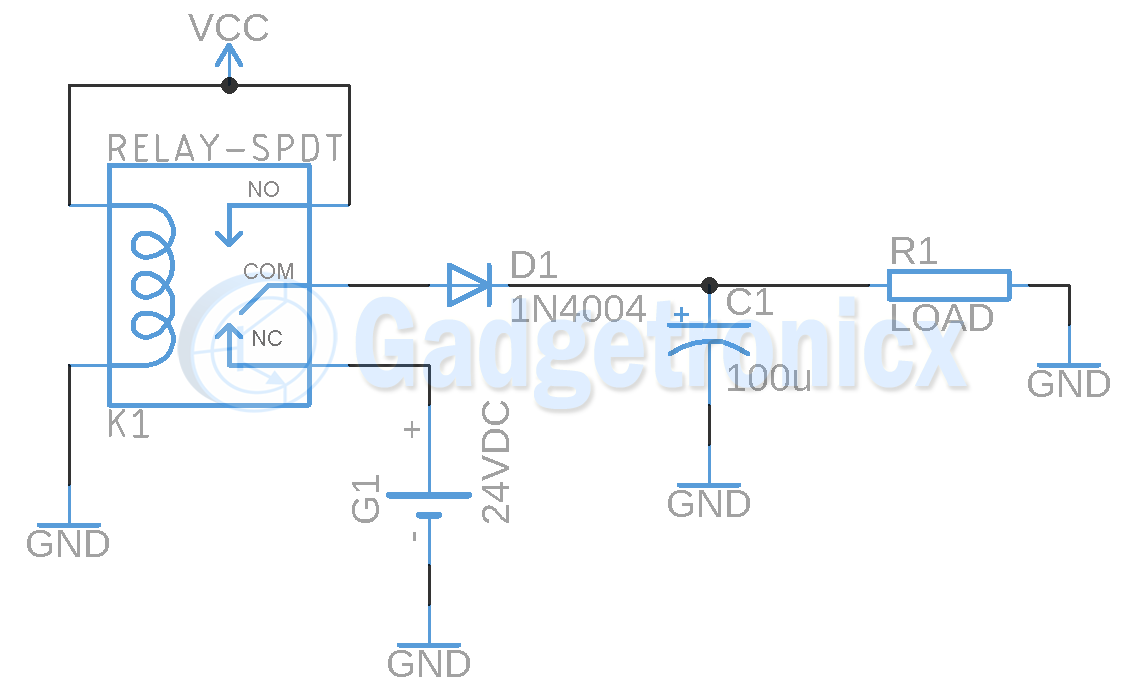
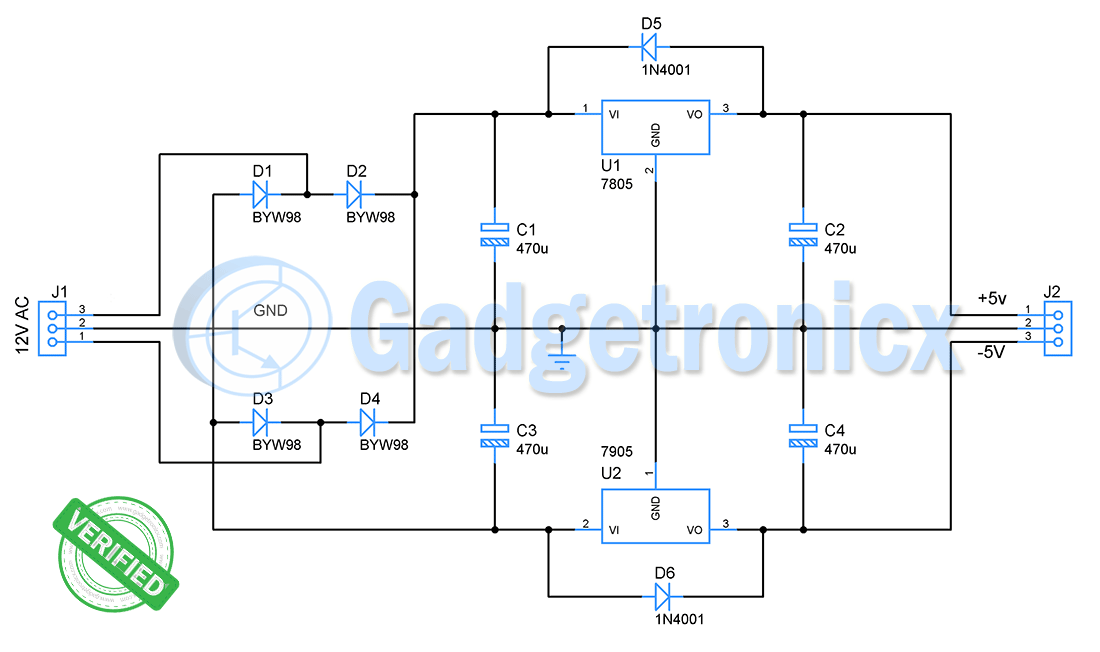
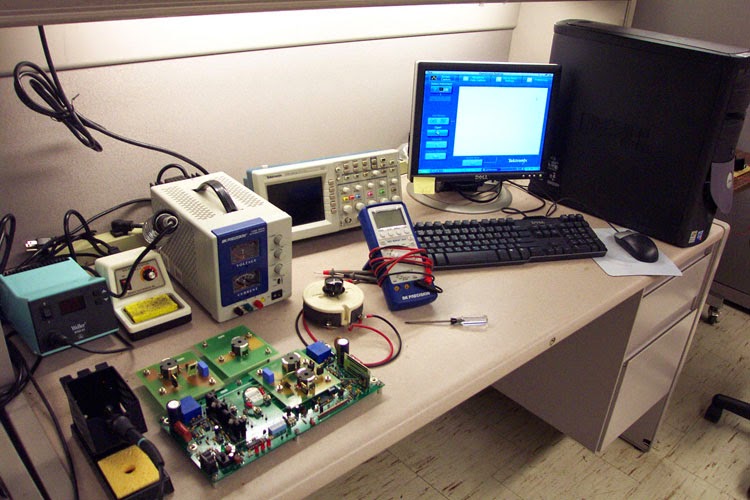
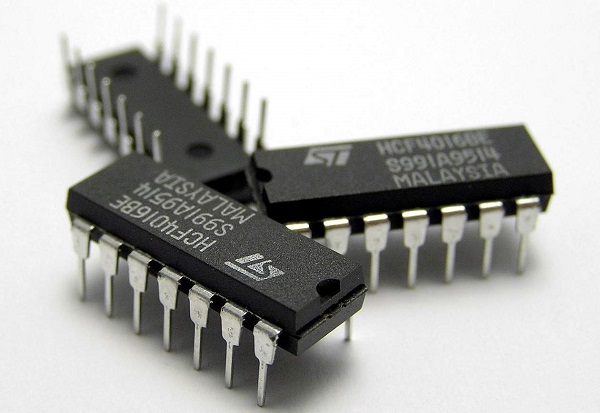
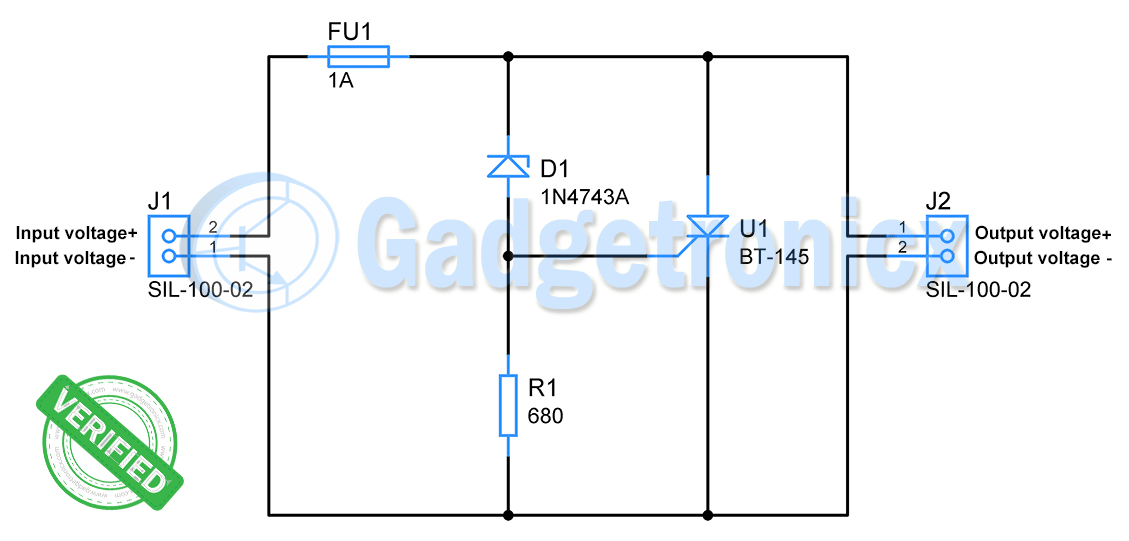
BC546A / BC556A or BC546B / BC556B Simulated in LTSPICE, reduce ripple by capacitor 10..20uF (to gnd) on base T9 Or on the base extra transistor on BC546B on BD139 circuit.
This slows down a little the dynamic current limiter.
For B types a need to set R20 to around 40k to adjust 0V.
Not clear why I see in the simulation much voltage 2V drop above 4A. I simulate further to understand the voltage compensation on the R24 resistor. Something to do with the A or B versions (hfe). Any Idea?
Don
t add a capacitor between the base of T9 and ground, because even if you do reduce the ripple a bit (even though the margin will be so small, that you dont even need to), you will totally mess with the negative feedback. Any load variation won`t be reflected back to the regulator in time, and the overall stability will decrease. The voltage drop on the R24 resistor should be a worst case scenario of 0.5V. If you see higher voltages on it, that means that the current protection is not working, and the regulator is drawing excessive currents. At 2V voltage drop, the regulator is drawing 20A. Might be due to the slow current limiting, caused by the capacitor you simulate with at the base of the T9 transistor. The current protection doesn’t engage on time.Did you use BC.. transistors of A or B versions (hfe are much higher for the B versions)?
Hello author, do you have the schematic file of this circuit? I need this, thank you
why are there two r11 resistors, no volts getting to the base of T2.
what should they be.
The numeration is wrong, but they should both be included. The bottom one sets a lower current boundary, and the upper one sets the upper boundary.
simples. é um erro na digitação. O circuito ta ótimo!
can i use 48V 10A transfo.
Of Coarse you can, only…..total power will be 500W , think of the powertransistors if you would adjust the powersupply to give out 5V with 10 A rectified voltage from 48V transformer could get up to 70V, and if you give out 10 A, then you will have to dissipate 65 V x 10 A, that is 650 Watts, than you can NOT do with just 3 output powertransistors, think of beefing it up to 10 transistors!!, next to T7 and T8 make another 7 or 8 tranaistors, and place them on a big big heatsink and/or include a cooling Fan
Can you clarify please. The Ground output terminal seems to be at the ground side of C9 but you have a resistor (R24) running from that junction to Ground which doesn’t make sense to me. I do not have any other issues with your schematic & thanks for posting.
The R24 resistor is mandatory, as it is essential for the current protection to work.
Hi, this circuit is very interesting, I have to correct some little things:
1-the emitter resistors of the power stage must be written R510, let say half Ohm,
2-the partition resistors of LM337 must be corrected as R4 = 240 Ohm to get -3 V,
3-the reference diodes could be better compensated using Dz5 = 12 V and Dz6 = 3 V, or 3 Zener diodes in series 5,1 V each?
However I am building this circuit, thanks for your project,
Happy New Year
I’ve noticed a few things about this circuit: R3 and R4 values should be swapped, in their current configuration the output of the negative reg. is about -2V not -3V.
-out is in the right place, essentially the supply is floating on the 100mOHM resistor. So regardless of how much current you pull, the potential between the +out and -out will still be your set value.
The Voltmeter is directly across the outputs (+out & -out). You can buy displays with programmable gain, so the ammeter is one of these displays connector across the shunt R24.
P2 appears to be the voltage set point pot. P3 looks like the gain control for the diff amp stage making up T4 & T5 (fine adjustment?) P1 is the current limit set pot.
It should be able to run off 110V if you buy the correct transformer (T1)
I like this ciruit! Am gonna try build!
Try with the given values and everything as it is. I’m a 100% sure the circuit works correctly. My design and I’ve built it.
R15 and R 16 will not pass 5 ampere current (510R).
Yes, they should be 0.5Ohms.
where is the display circuit??
This circuit is wrong. Out “-” is not from right place.
R24 = 0.1 Ohm 10W its correct friend
How V and A meters are connected? What is purpose of P1, P2 and P3?
Can this be used on 110AC?